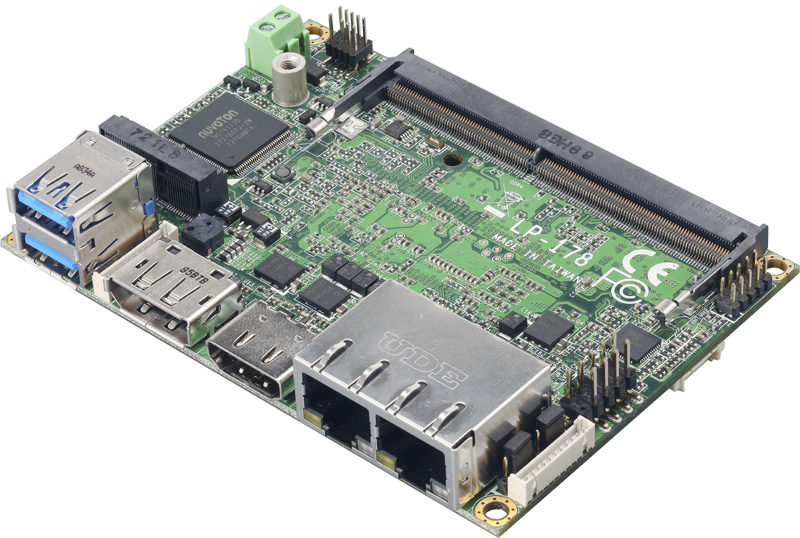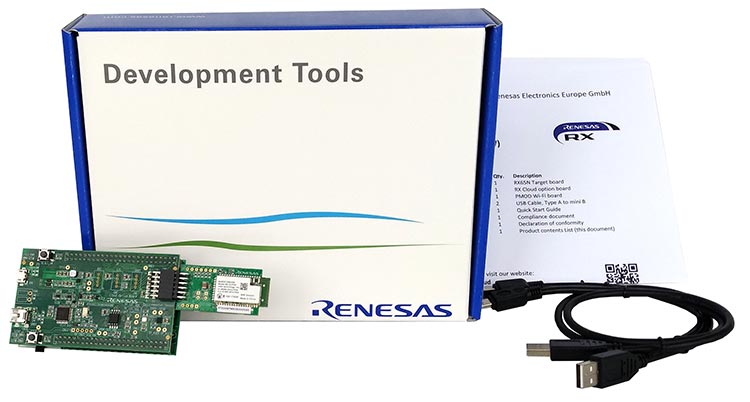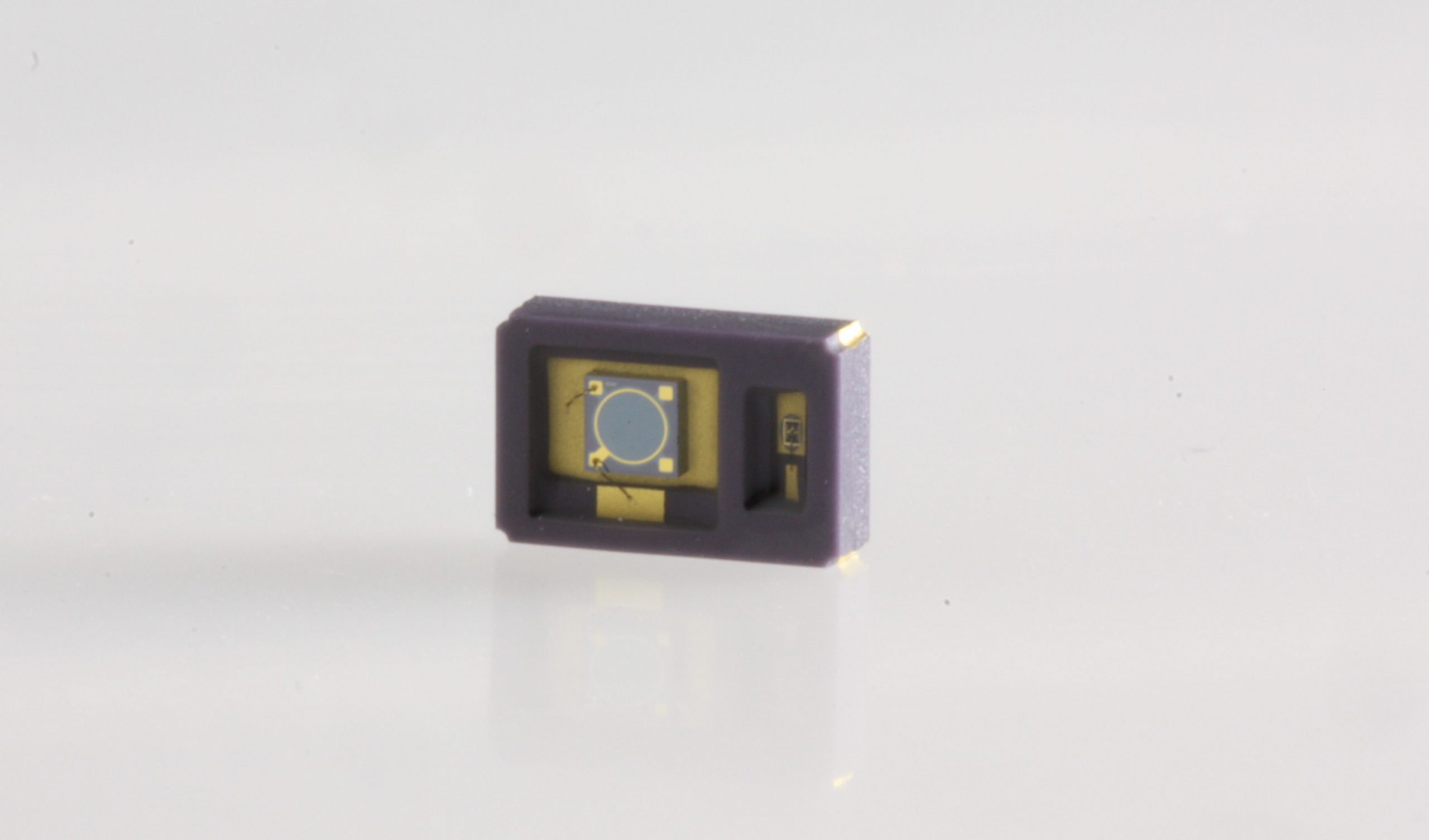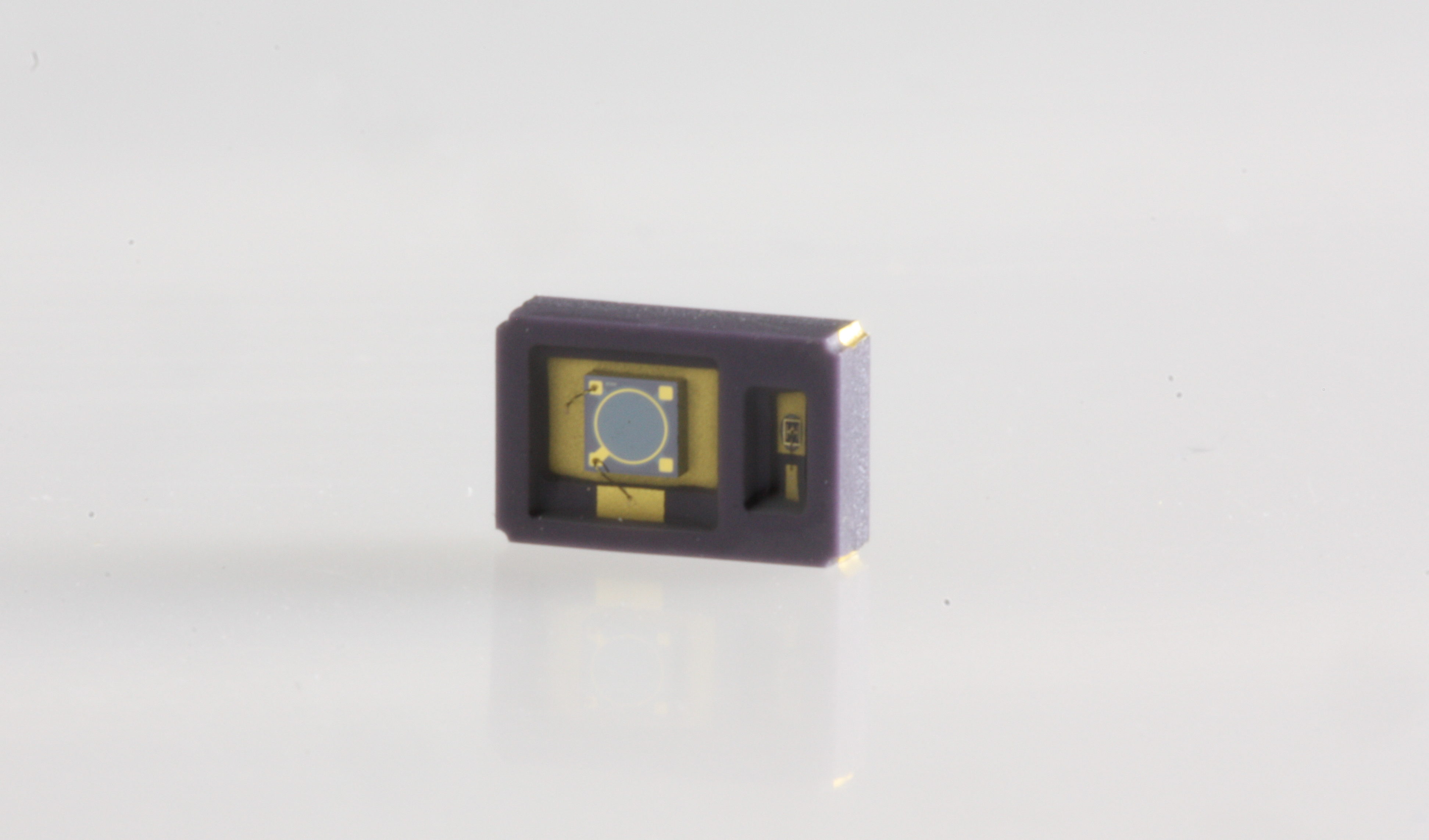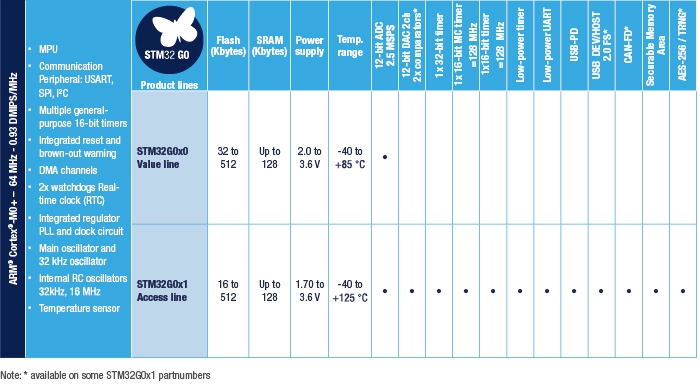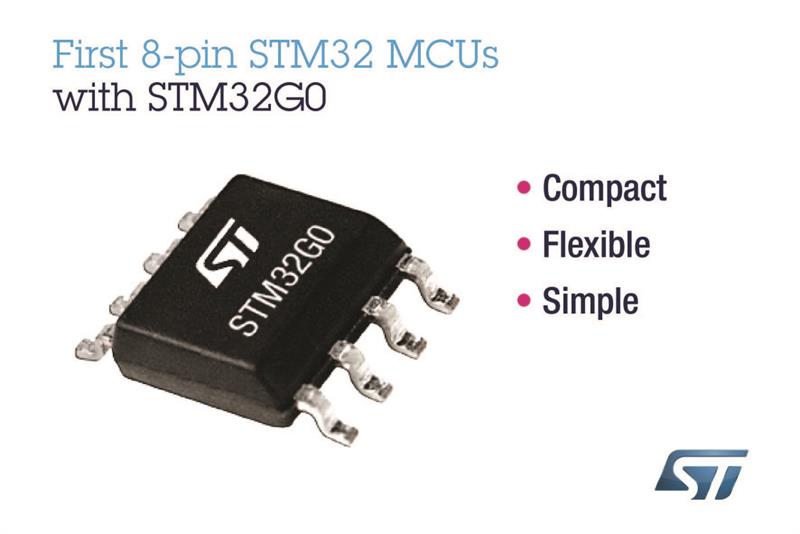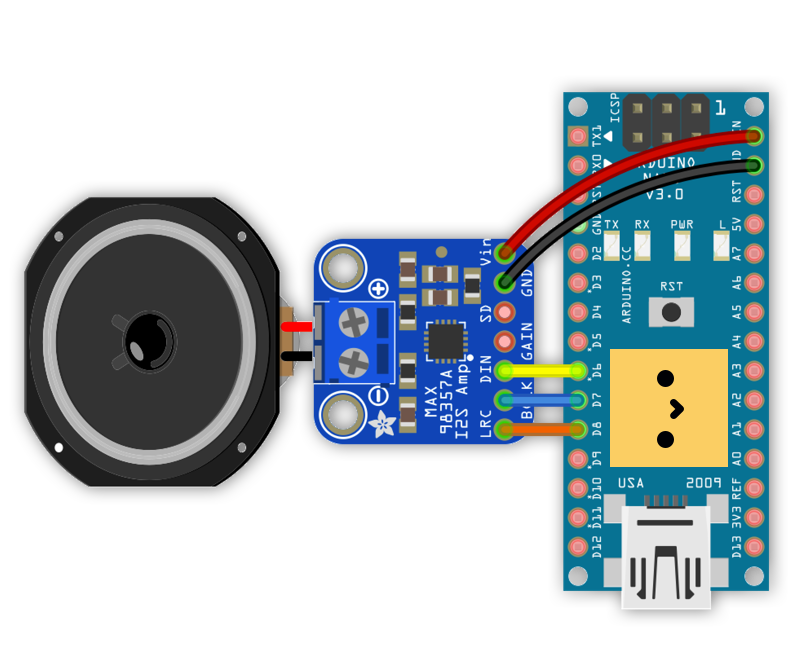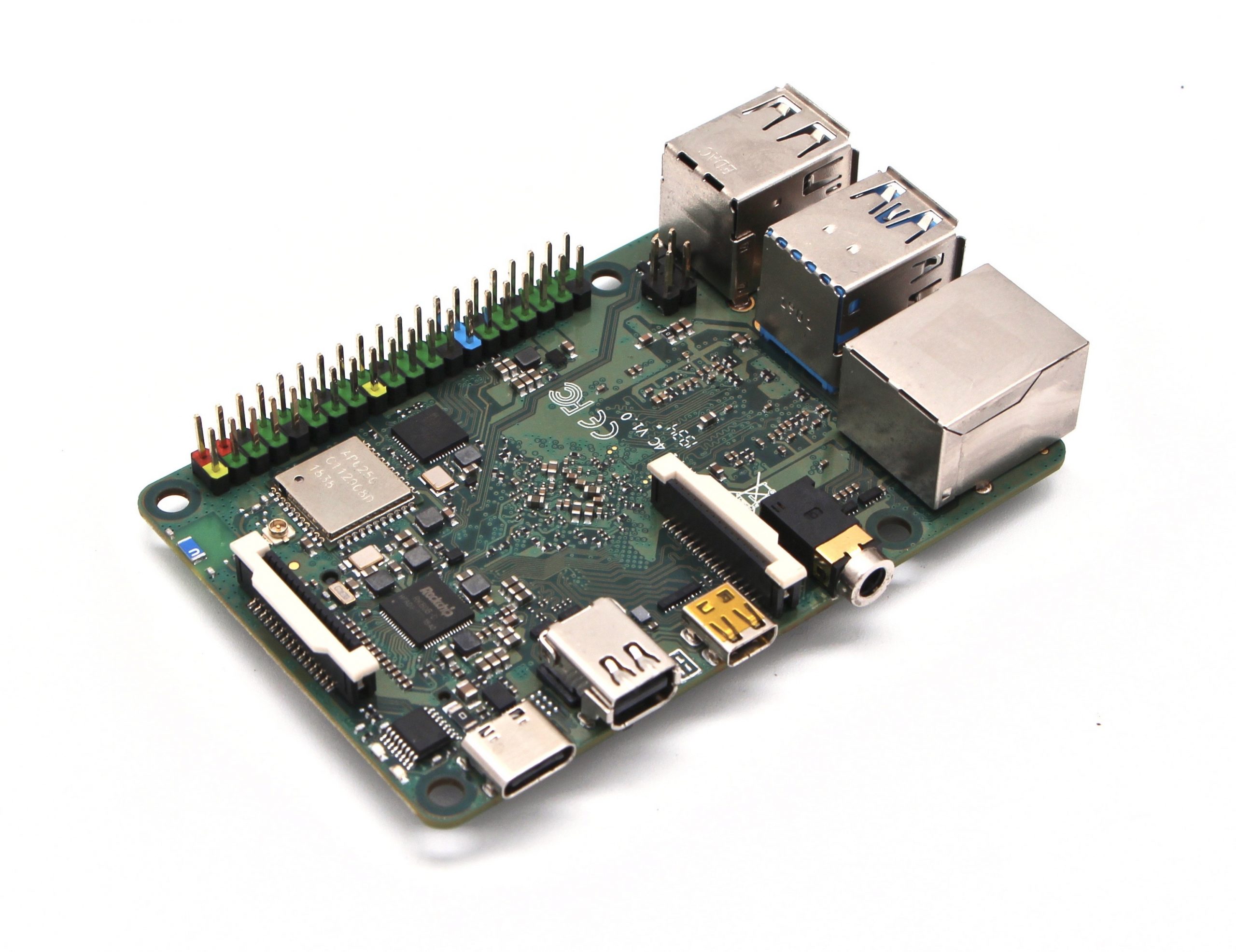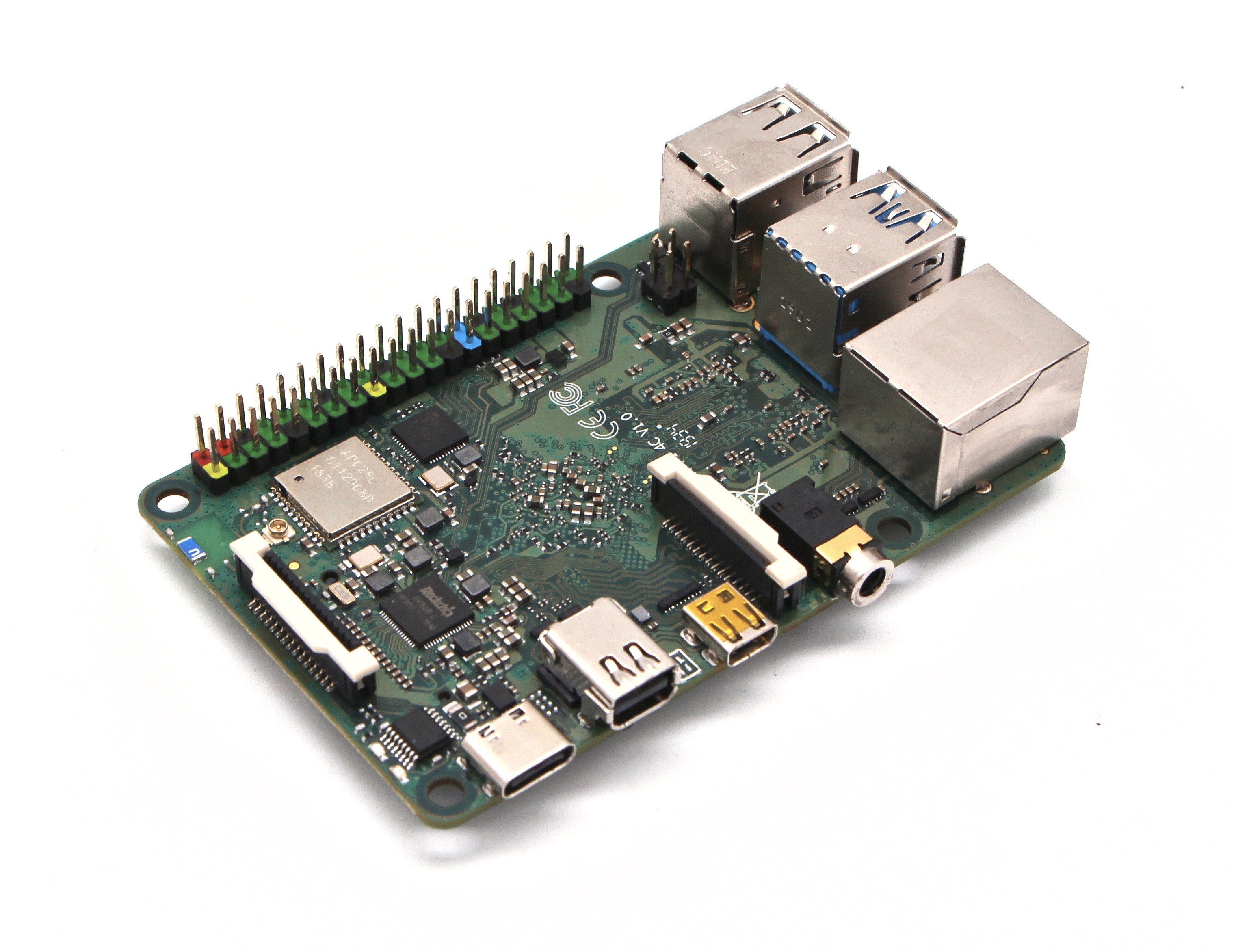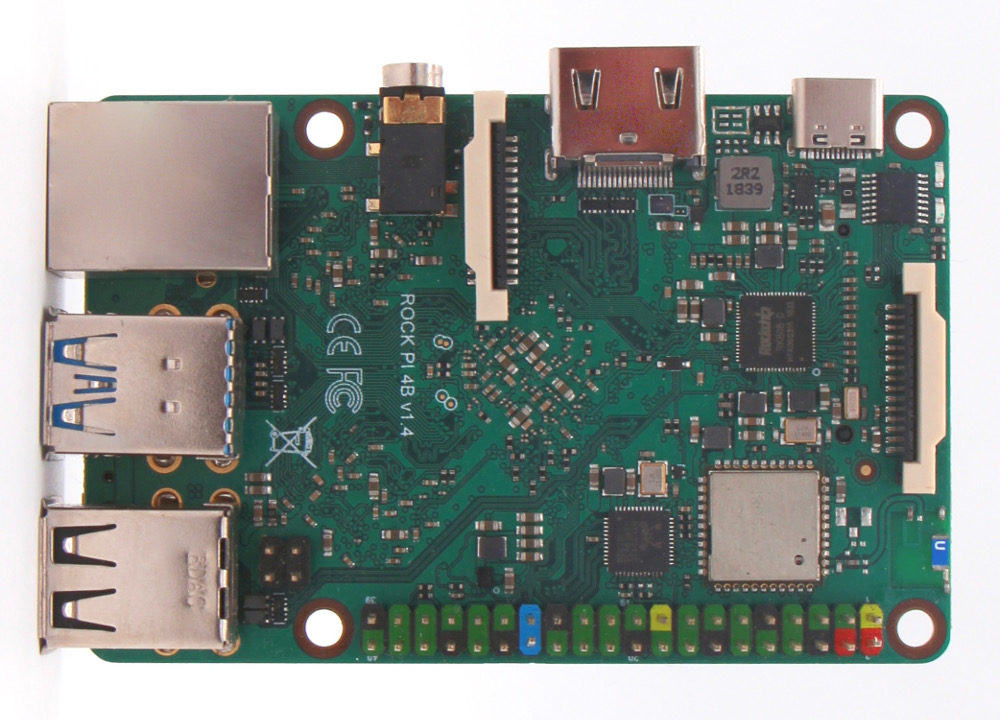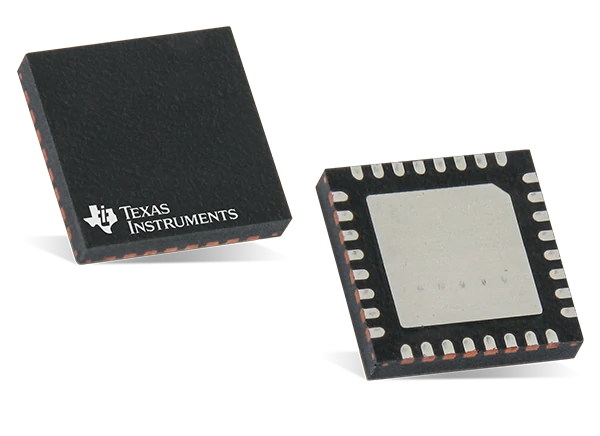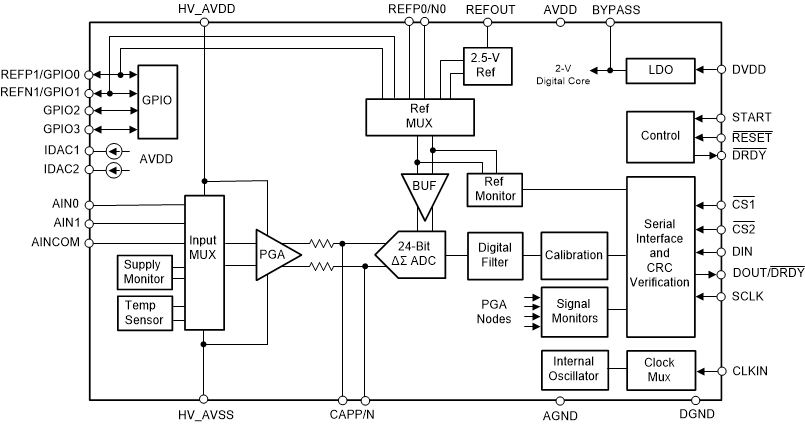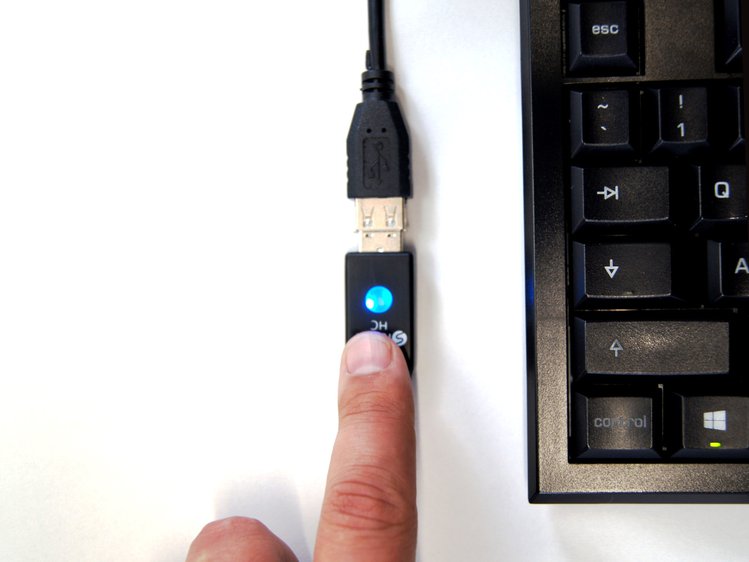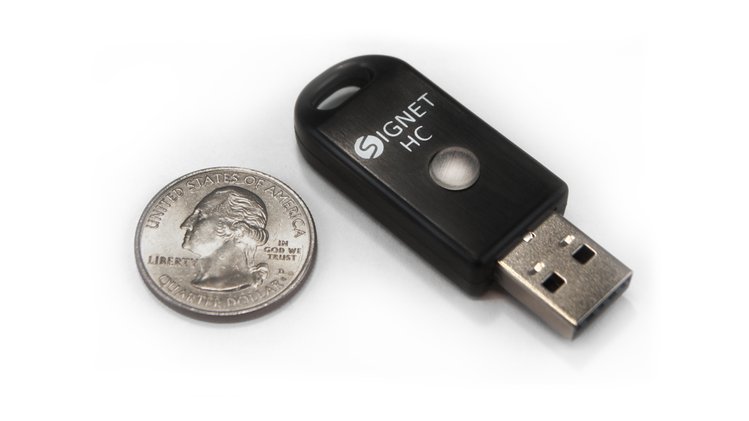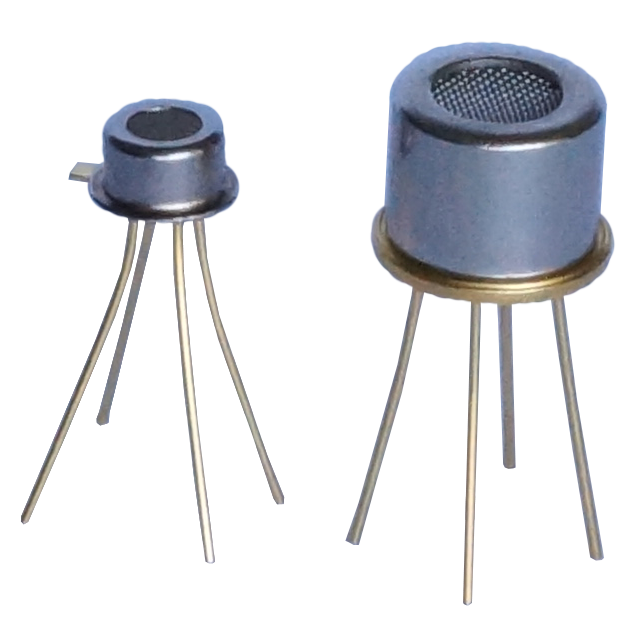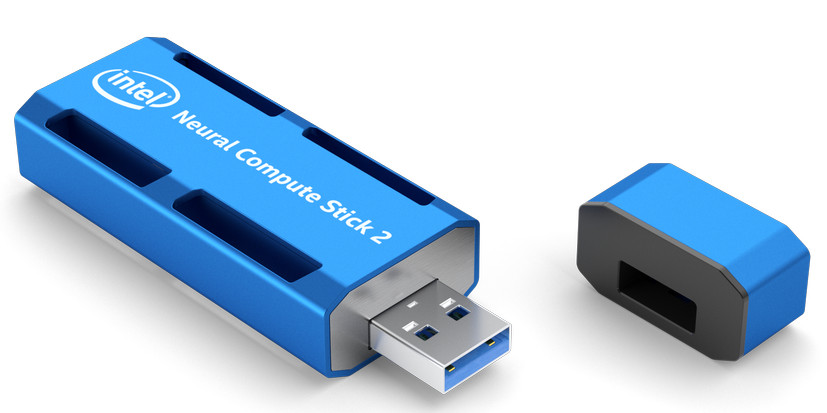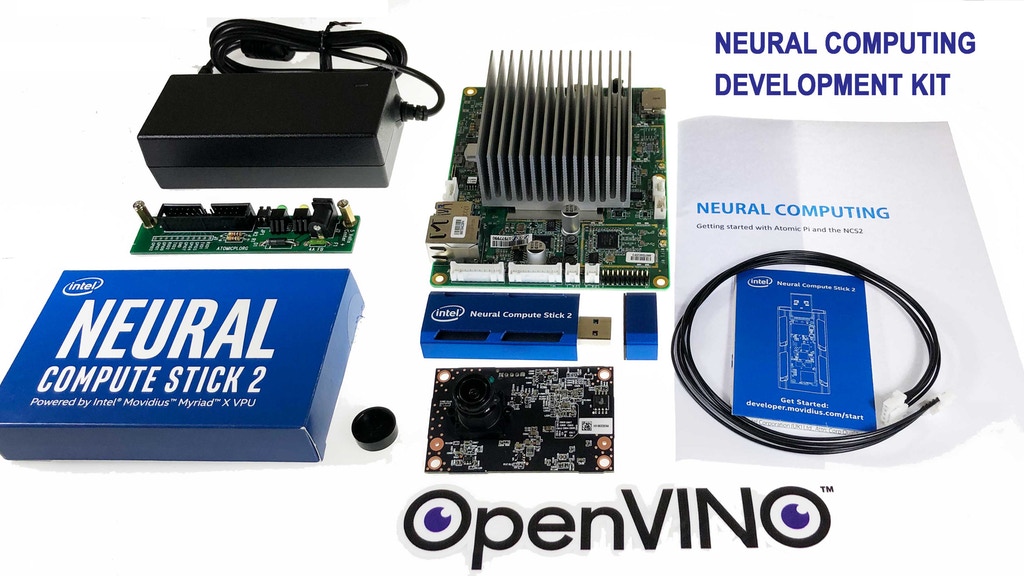Taiwan Commate Computer Inc.(COMMELL), the worldwide leader of Industrial Single Board Computers, unveiled LP-178 Pico-ITX based on Intel® 8th Gen. FCBGA1528 “Whiskey Lake”. The “Whiskey” PC is claimed to deliver better performance than a PC base on previous embedded U-series processors- enabled by 4 instead of 2 cores plus an overall improved micro architecture. The 8th Gen. Core™ i7 U-series Mobile processor for IoT applications are feature rich delivering high performance per watt.
The COMMELL LP-178 platform provides excellent CPU, graphics, media performance, flexibility, and enhanced security, is ideally suited to applications requiring multi-tasking capabilities, such as gaming, surveillance, medical, defense, transportation and industrial automation application.
The LP-178 Pico-ITX is designed for the 8th generation Intel® Core™ i7-8665UE and Celeron® 4305UE processors. The Core™ i7 part has a 1.7GHz base clock with 8MB cache and a 4.4GHz max turbo frequency, and the Celeron® part has a 2.0GHz base clock with 2MB cache, both of them offer long-life availability. The LP-178 features one DDR4-2400 SO-DIMM slot for up to 16GB of memory(Celeron® 4305UE up to DDR4-2133 16GB). The platform is based on Intel® Generation 9.5 HD Graphics GPU, Displays can be connected via 1 LVDS from ADP-3460 module, 1 HDMI and one DP port onboard, up to three displays can be controlled simultaneously.
Specifications listed for the LP-178 include:
- Processor — Intel 8th Gen “Whiskey Lake” UE-series (FCBGA1528 package) with Intel Gen 9.5 HD Graphics (24 EU) and 15W TDP (configurable TDP of 12.5W to 25W); defaults to:
- Core i7-8665UE — 4x octa-threaded cores @ 1.7GHz (4.4GHz Turbo); 8MB cache; Graphics 620
- Celeron 4305UE — 2x cores @ 2.0GHz; 2MB cache; Graphics 610
- Memory — up to 16GB of DDR4 via single socket (2400MHz on i7-8665UE, 2133MHz on 4305UE)
- Storage — SATA 3.0
- Networking — 2x Gigabit Ethernet ports (Intel I210-AT and 1219LM with AMT 12.0)
- Display/media:
- HDMI port
- DisplayPort
- LVDS (18/24-bit, single/dual channel) via converter module or optional DP-to-VGA
- Triple display support
- Realtek ALC262 HD audio mic-in, line-out interfaces
- Other I/O:
- 2x USB 3.1 Gen 2 host ports
- 2x USB 2.0
- 2x RS232
- PS/2, LPC, SPI, SMBus, fan
- Expansion — M.2 E-key 2230 slot for WiFi/Bluetooth
- Other features — Watchdog; RTC with battery
- Power — 12V DC
- Operating temperatures — 0 to 60°C
- Dimensions — 100 x 72mm (Pico-ITX form factor)
- Operating system — Linux or Windows 10
LP-178 offers lots of features including high-speed data transfer interfaces such as 2 x USB3.1 and 1 x SATAIII, equipped with dual Gigabit Ethernet ( 1 x Intel® I219-LM Gigabit PHY LAN with iAMT 12.0 supported and 1 x Intel® I210-AT Gigabit LAN), and comes with 2 x RS232, 2 x USB2.0, Intel® High Definition Audio, 1 M.2 Key E for Wi-Fi and Bluetooth, 12V DC input.
No pricing or availability information was provided for the LP-178. More information may be found in Commell’s LP-178 announcement and product page.


